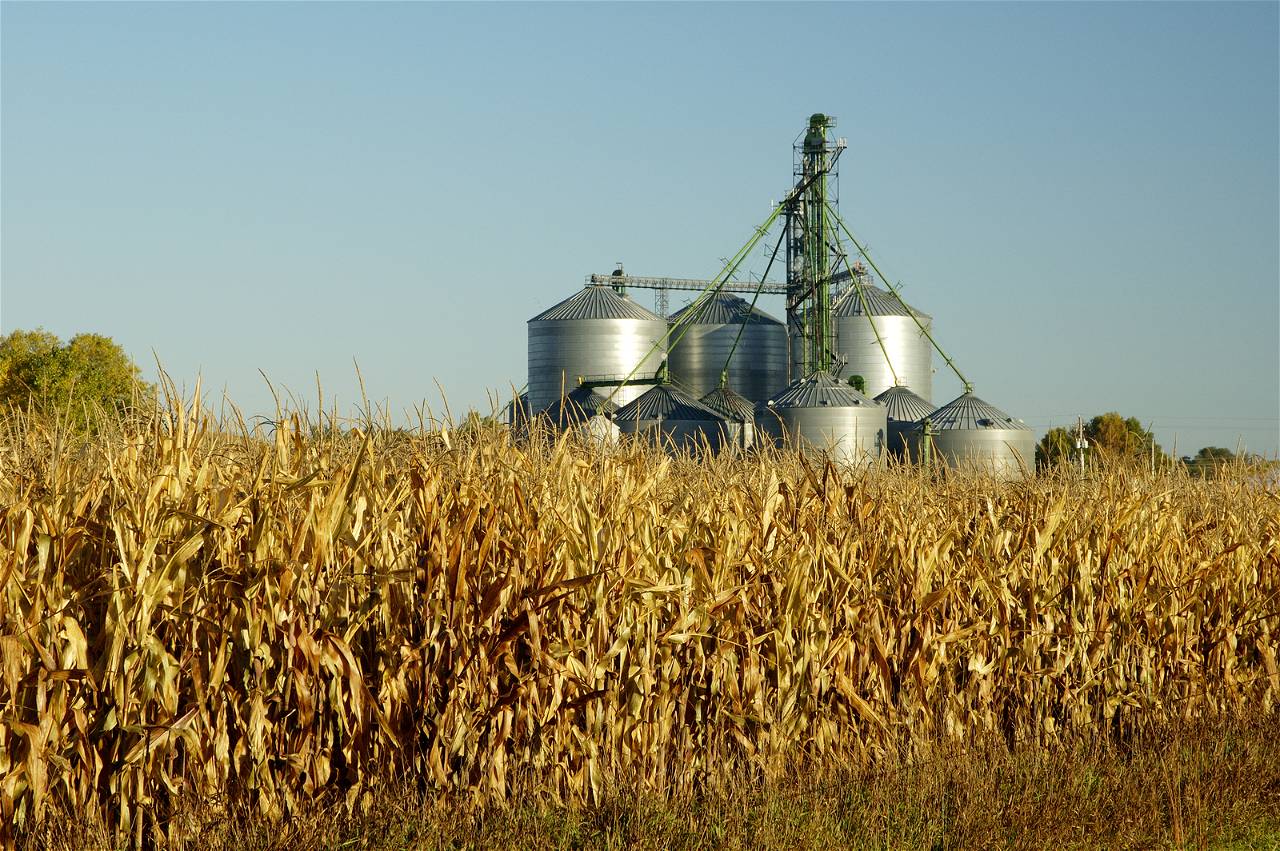
We all know the importance of Biofuels in India. Today we shall talk about the crops from which Biofuels are produced or manufactured. These crops are popularly known as Biofuels crops. The production of Biofuels is essential in the present era, in order to reduce the demand pressure of fossil fuels, especially crude oil.
"Energy crops" is a term used to describe biofuel crops. Wheat, corn, main edible oilseeds/edible oils, sugarcane, and other crops are among them. Biofuels have a number of advantages over fossil fuels, including the ability to burn cleaner and emit fewer pollutants and greenhouse gases, such as carbon dioxide, into the sky. They're also environmentally friendly, and energy corporations frequently mix Biofuels with gasoline.
This means that, unlike non-renewable resources like oil, coal, and natural gas, they have the potential to live far longer. The list of benefits is long, and we covered most of them in our earlier piece on biofuels.
Biofuels are divided into two categories: bio-alcohol and biodiesel. Engineering procedures are used to produce bio-alcohols like ethanol, which are made by breaking down the starch in corn and other plants with yeast and bacteria. Biodiesel, on the other hand, is produced by refineries using oil derived from crops such as soybeans. Soybean oil is initially made from soybeans, and then the vegetable oil is processed with alcohol before being converted into biodiesel.
In addition to sugarcane, soybean, corn, and wheat, crops such as canola/rapeseed, cotton, palm kernels, and even switchgrass are processed for biofuel generation around the world. Soybean, canola/rapeseed, sunflower, cottonseed, palm seed and palm kernel, corn, and mustard are common biofuel crops in India.
Now Let us know about the biofuel crops one by one:
Corn - This crop contributes the most to ethanol production. Corn kernels are pulverised first, then combined with warm water. After that, yeast is added. The yeast causes the combination to ferment, or turn into a source of energy in the form of alcohol. When compared to energy commodities like gasoline, ethanol made from maize or sugarcane has the advantage of emitting less carbon monoxide, nitrogen oxide, and sulphur into the atmosphere. Ethanol also reduces smog, which might help people live healthier lives, especially in cities.
Rapeseed - Rapeseed oil is utilized in the production of biofuels. Rapeseed is crushed or treated first for this. Rapeseed oil is a popular biodiesel fuel nowadays. Canola, in fact, has a competitive edge over Rapeseed. Rapeseed also comes in the form of Canola. Canola, unlike other rapeseed strains, has a reduced Uric acid concentration, making it better to eat for both animals and people.
In general, biodiesel manufactured from vegetable oil does not function well in cold areas since most vegetable oils have a higher saturated fat percentage, which causes crystals to form and reduces the efficiency of a car's engine. But due to lower saturated fat content in canola oil, it is harder for ice to form, in colder temperatures.
Sugarcane - Sugarcane, in addition to corn, is used to make ethanol. Ethanol made from sugarcane is six times less expensive than ethanol made from corn.
Palm Oil - This edible oil is made from the palm tree fruit and is one of the most energy-efficient biodiesel fuels. When compared to gasoline, biodiesel made from palm oil is better for the environment since it produces less carbon dioxide into the atmosphere.
Jatropha - Another major source of biofuel since it has features that can help the world become less reliant on crude oil. When water is scarce, the Jatropha shrub grows swiftly and lives without much difficulty. Furthermore, Jatropha seeds contain 40 percent oil.
The Jatropha bush has a 50-year lifespan, and it can thrive even if the area is infested with pests or suffers from drought. Surprisingly, this plant is the focus of India's biodiesel business, which finally benefits the farming community financially. Scientific estimates indicate that roughly 2.47 acres (1 hectare) of Jatropha can produce around 0.83 tons or 752 kilograms to 2.20 tons, i.e. 1995.81 kilograms of oil.
Soybean - This crop is processed into soyabean oil, which is then used to make biodiesel. Soybean oil provides the majority of biodiesel used in industry in the United States. Motor vehicles, particularly heavy equipment and buses, may run on pure soybean biodiesel or a blend of biodiesel and diesel, and soybean biodiesel is environmentally better than maize biodiesel, according to the National Academy of Sciences.
Researchers conducted tests to determine how much energy is required to grow maize and soybeans, as well as how much energy is required to transform those crops into biofuels. It was discovered through tests that soybeans require less fertilizer and insecticide. In addition, compared to maize, this crop discharged fewer pollutants, particularly greenhouse gases, into the environment. According to studies, one bushel (25.40 kg) of soybeans produces about 1.5 gallons (5.7 liters) of biodiesel.
Cotton seed – It's the oil that comes from crushing cotton seeds. After that, the cotton oil is converted into biodiesel. According to studies, more than 1 gallon (3.78 litres) of cottonseed is required to replace one gallon (3.78 litres) of normal diesel fuel. Cottonseed generates 35 gallons (132.5 litres) of oil per acre, according to University of California specialists, which is approximately 33 percent less than rapeseed oil.
Sunflower - Sunflower seed crop is rich in oil, therefore this oilseed turns out be an important biofuel crop. According to the National Sunflower Association, 1 acre, i.e. 0.4 hectares of sunflowers can produce 600 pounds (272.1 kilograms) of oil. Refineries either process the sunflower oil into biodiesel or utilize the plant waste as biomass, and then involve fueling factories and power plants.
Wheat - Wheat is used in manufacturing Ethanol. In the US, nearly 90% of ethanol is produced through the corn. Therefore wheat contributes less in conversion to ethanol. In Europe, the use of wheat as an energy crop is on the rising trend.
Switch Grass -
It's another biofuel crop that's gaining traction among scientists due to its underlying potential to reduce the world's reliance on oil while also reducing global warming. In terms of using cellulose (found in switchgrass) to convert into ethanol, it outperforms corn in terms of requiring less energy than conventional/fossil fuels.
Furthermore, because cellulose ethanol contains more energy than corn ethanol, there is a significant reduction in greenhouse gas emissions. In the long run, scientists are working on numerous approaches to find switchgrass as the greatest alternative for energy supply. However, there are no big switchgrass plantations or farms at present.
Each acre of sunflower may produce 1,150 gallons of ethanol yearly, according to Oak Ridge National Laboratory experts. The Oak Ridge National Laboratory (ORNL) is a multiprogramming science and technology national laboratory in the United States that is governed, managed, and maintained by UT–Battelle as a federally supported research and development center (FFRDC) under a contract with the Department of Energy.
(Also read: Are Tuber Crops The Next Generation Bio-Fuels?)











